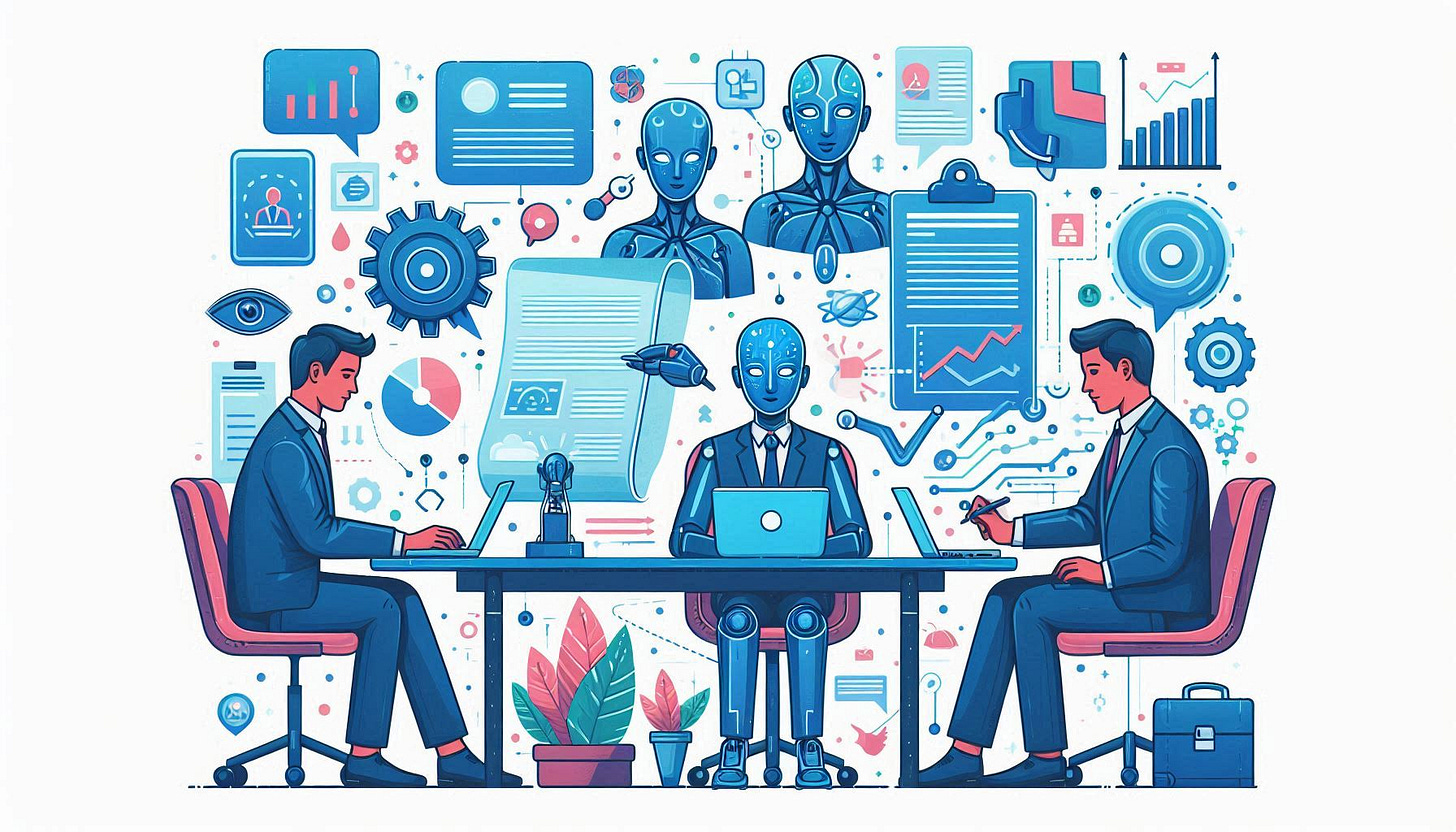AI: speed without strategy = chaos
How AI has made conference reporting more complex
Next week I’ll be attending the Monetising B2B Information and Events conference in London. The sold-out event focuses on how B2B media, events and information services can generate revenue. Presented by Flashes & Flames: The Global Media Weekly newsletter and business, founded by British publishing executive Colin Morrison, CBE, the gathering will provide attendees with insights into successful monetisation strategies, practical lessons and networking opportunities.
First a confession: as excited as I am to cover the event as a journalist and write the post-conference report, I am also nervous (and that's despite the fact that I’ve been doing this now for 35 years.) In the past, covering conferences meant one thing: take notes, capture quotes and string them together in a coherent narrative. There was value in that simplicity. It was about capturing information and making it accessible. But it was also limited. Reports were comprehensive but rarely insightful. They documented rather than interpreted.
In today’s world, where AI tools can transcribe, analyse and even summarise all event content in a matter of seconds, conference reporting has become something else entirely. You might think AI has made event reporting easier but, in fact, it’s made it more complex.
I no longer just capture what’s being said - I curate, analyse and extract meaning from the chaos of information overload. And without a clear strategy, these powerful tools can become a liability, flooding you with data but leaving you directionless. This is one of the challenges of the AI era. Anyone can record a keynote and AI can spew it back, summarising and highlighting in seconds. But turning that into a valuable, meaningful report requires something else: experience, insight and a clear understanding of what outcomes you’re aiming to achieve through your report or post-conference content, whatever format that might take.
How speed has met complexity
With tools like Otter.ai, I can now record, transcribe and store hours of conference content almost instantly. But that speed brings a huge challenge: What do you do with all this information? How do you turn a mountain of transcriptions into something valuable?
This is where the complexity comes in. LLM’s are excellent at identifying recurring words, themes and sentiment. It can even summarise key points. But it cannot decide what is important. It cannot tell a story. And it cannot replace the critical human touch.
Experience is the true differentiator
As someone once said, “You cannot Google experience.” The same sentiment applies when it comes to utilising AI. The ability to use AI effectively depends entirely on knowing the outcome you want to achieve. Without that vision, knowledge and insight, these tools are like a spinning block of wood on a lathe, where the chisel carves without direction. You might end up with a table leg that appears sleek, but if parts of it are as thin as a matchstick, it will snap.
Imagine using AI to transcribe a keynote speech and then letting it decide which themes are most important. You risk creating a report that is accurate but meaningless because you did not guide the tool.
Experience means knowing what to look for:
Recognising which speaker's insights are genuinely impactful;
Understanding the connections between various talks and panels; and
Identifying emerging trends that might be hidden beneath the surface.
In short, experience is what transforms raw data into a coherent, meaningful narrative.
Preparing for Monetising B2B Information and Events: An AI-driven strategy
Here’s how I’m preparing to cover Monetising B2B Information and Events and why the human touch is now more critical than ever.
Don't be a passive listener. Nor rely on AI to decide what matters. Instead, I’ll take a more strategic approach:
Pre-conference preparation:
Identify key themes and potential emerging trends that are likely to be discussed.
Research speakers and their previous commentary to understand their focus.
Live reporting with AI support:
Use Otter.ai for real-time transcription but focus on active listening.
Take notes of key moments, quotes and recurring themes so you can immediately flag it in the transcripts.
Capture the elements that AI can’t tell me - the delegates, interaction, atmosphere, sentiments and offline conversations.
Post-conference curation and analysis:
Use an LLM to help highlight frequently mentioned topics and cross-reference them across sessions.
Continue to manually identify the most important insights, using my experience to guide the narrative.
The final report will not be a summary of what was said but a curated analysis of what it means.
The critical role of curated content in an AI world
This is what AI demands of us now: not mere speed, but wisdom.
AI can provide the data. It can help you identify patterns. But it cannot replace or replicate experience and insight. It cannot (some will say - ‘yet’) sift through a hundred scattered insights and uncover the one theme that truly matters.
The AI revolution in reporting is not just about conferences. It is a broader lesson for anyone creating content. The tools we have are powerful, but they are only as good as the person using them. You need an experienced carpenter, or you might risk ending up with a sleek but ultimately wonky and defunk table.


